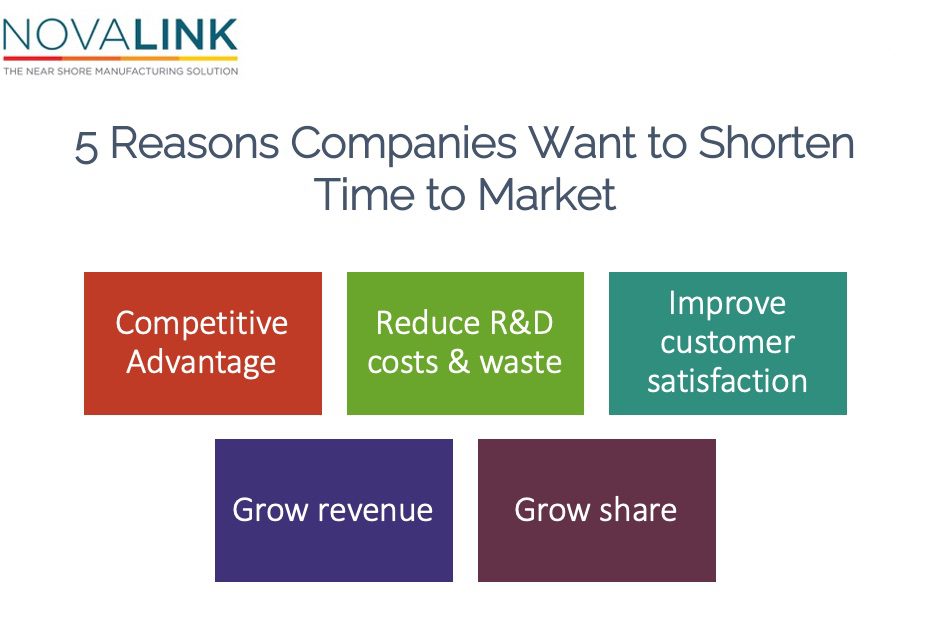Last Updated on February 13, 2025

Relocating a manufacturing operation is a big decision. It’s not just about lower labor costs or proximity to the U.S.—it’s about the bottom line. So, how do you measure the return on investment (ROI) when moving manufacturing to Mexico? Let’s break it down in a way that makes sense, without the fluff.
Understanding the True ROI
ROI isn’t just about cost savings. Sure, wages in Mexico are lower than in the U.S., but that’s only one part of the equation. You have to factor in:
- Operational Costs – Rent, utilities, raw materials, and compliance costs.
- Supply Chain Efficiency – Shorter lead times, reduced shipping expenses, and access to North American markets.
- Tax Incentives – Mexico’s IMMEX program, tax breaks, and trade agreements like the USMCA.
- Workforce Productivity – The availability of skilled labor at a fraction of the cost.
The Formula for ROI
At its core, ROI is simple.
ROI (%) = [(Total Gains – Total Costs) / Total Costs] x 100
But real-world calculations aren’t always straightforward. You need to consider short-term transition costs and long-term profitability. Here’s a structured approach to getting an accurate ROI calculation:
Step 1: Assess Current Costs vs. Future Costs in Mexico
Start by listing your current production expenses: labor, materials, overhead, logistics, and compliance. Compare them to Mexico's projected costs.
For example, if you currently spend $10 million annually in the U.S. and moving to Mexico would reduce that to $6 million, you’re looking at a $4 million annual savings—before factoring in relocation costs.
Step 2: Factor in Relocation Expenses
Moving a manufacturing operation isn’t free. Costs include:
- Machinery and equipment relocation
- Facility setup or lease agreements
- Regulatory compliance and permits
- Employee training
If the upfront cost of relocation is $5 million, you must determine how long it will take for the cost savings to recoup that investment.
Step 3: Consider the Payback Period
The payback period tells you how quickly the move will pay off. Using the example above,
Payback Period = Relocation Costs / Annual Savings $5M / $4M = 1.25 years
In this case, you’d recover your investment in just over a year. Everything beyond that is pure ROI.
Step 4: Weigh the Intangibles
Not everything fits neatly into a spreadsheet. Consider factors like:
- Market Access – Faster delivery to North American customers.
- Regulatory Stability – Mexico offers manufacturing-friendly policies compared to rising tariffs.
- Business Continuity – Diversifying production locations can reduce risk.

Why Mexico Is the Hub of Nearshoring Growth
Mexico stands at the heart of North America's nearshoring boom. Its manufacturing capacity, skilled workforce, and competitive costs make it the preferred destination for foreign direct investment (FDI).
Advantages of Mexico for Nearshoring
- Strategic Location: Sharing a border with the U.S., Mexico offers unparalleled proximity to North American markets.
- Cost-Competitive Labor: Mexican labor rates are highly competitive with China and Southeast Asia.
- Advanced Manufacturing: Mexico boasts thriving industries in automotive, aerospace, textiles, and electronics.
- Favorable Trade Agreements: Beyond USMCA, Mexico is part of numerous bilateral agreements enhancing market access.
Industrial Parks and clusters
Industrial clusters across Mexico cater to specialized sectors. These parks provide:
- Access to skilled labor.
- Integrated supply chain ecosystems.
- Proximity to key logistics hubs.
Potential Challenges
While nearshoring offers numerous advantages, businesses must navigate challenges such as:
- Infrastructure Bottlenecks: Upgrading roads, ports, and rail networks remains critical.
- Regulatory Compliance: Understanding and adhering to Mexican labor and environmental laws.
- Cultural and Operational Alignment: Bridging cultural differences to ensure smooth collaboration.
Strategic Solutions
- Infrastructure Investment: Government and private sector initiatives drive modernization projects.
- Strong Partnerships: Partnering with experienced nearshore service providers mitigates risks.
- Comprehensive Due Diligence: Leveraging market research and local expertise to ensure compliance.
Investment in Mexico Often Yields Impressive ROI Figures
Mexico's foreign direct investment increased 30% in 2024 to $33 billion in Q3. Mexico welcomed $32.9 billion in foreign direct investment in Q3 - a 30% increase over the same quarter in 2022.
In 2022, Mexico's FDI came from new investments, accounting for 48 percent of the total. The reason behind that growth can be understood by looking at its origins. The majority of these investments were made by companies that had no previous presence in Mexico, but decided to relocate their operations there.
Wrapping It Up: Moving Manufacturing to Mexico Isn't Just About Cutting Costs
Calculating ROI when moving manufacturing to Mexico isn’t just about slashing costs—it’s about seeing the full picture. Lower expenses, improved logistics, and strategic advantages all contribute to a strong financial case. By carefully analyzing costs and benefits, you can make a data-driven decision that ensures long-term profitability.ed logistics, and strategic advantages all contribute to a strong financial case. By carefully analyzing costs and benefits, you can make a data-driven decision that ensures long-term profitability.
FAQs on Moving Manufacturing to Mexico ROI
1. What are the biggest cost savings when moving manufacturing to Mexico? Labor costs are significantly lower, but savings also come from reduced logistics expenses, tax incentives, and overall lower operational costs.
2. How long does it take to see a positive ROI after relocating? It depends on relocation costs and annual savings, but most companies see a positive ROI within 1–3 years.
3. What financial risks should I consider before moving? Upfront expenses, potential delays, compliance requirements, and market fluctuations can impact the ROI timeline.
4. Does Mexico offer tax incentives for manufacturers? Yes, programs like IMMEX and the USMCA trade agreement provide tax breaks and import/export benefits for qualifying manufacturers.
5. Can I calculate ROI without knowing all costs upfront? You can estimate using industry benchmarks, but for accuracy, a detailed cost analysis specific to your business is essential.
About NovaLink
As a manufacturer in Mexico, NovaLink employs a unique approach that transcends the traditional model of shelter production. More than just the location of your manufacturing, we would like to become a partner in your manufacturing in Mexico. You will be able to relocate or initiate manufacturing for your company in Mexico in a low-cost labor environment with very little delay or up-front costs. Find out how we can help you by handling the manufacturing process.
There are NovaLink facilities in the border cities of Brownsville, Texas, Matamoros, Mexico, and Saltillo, Mexico.